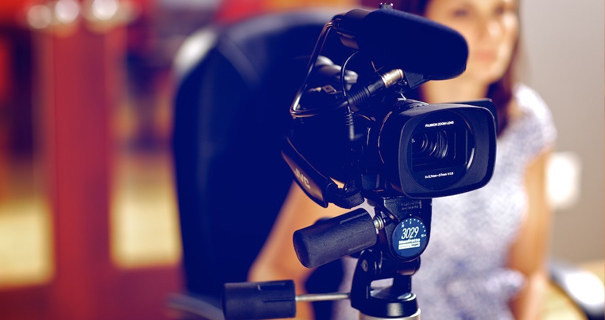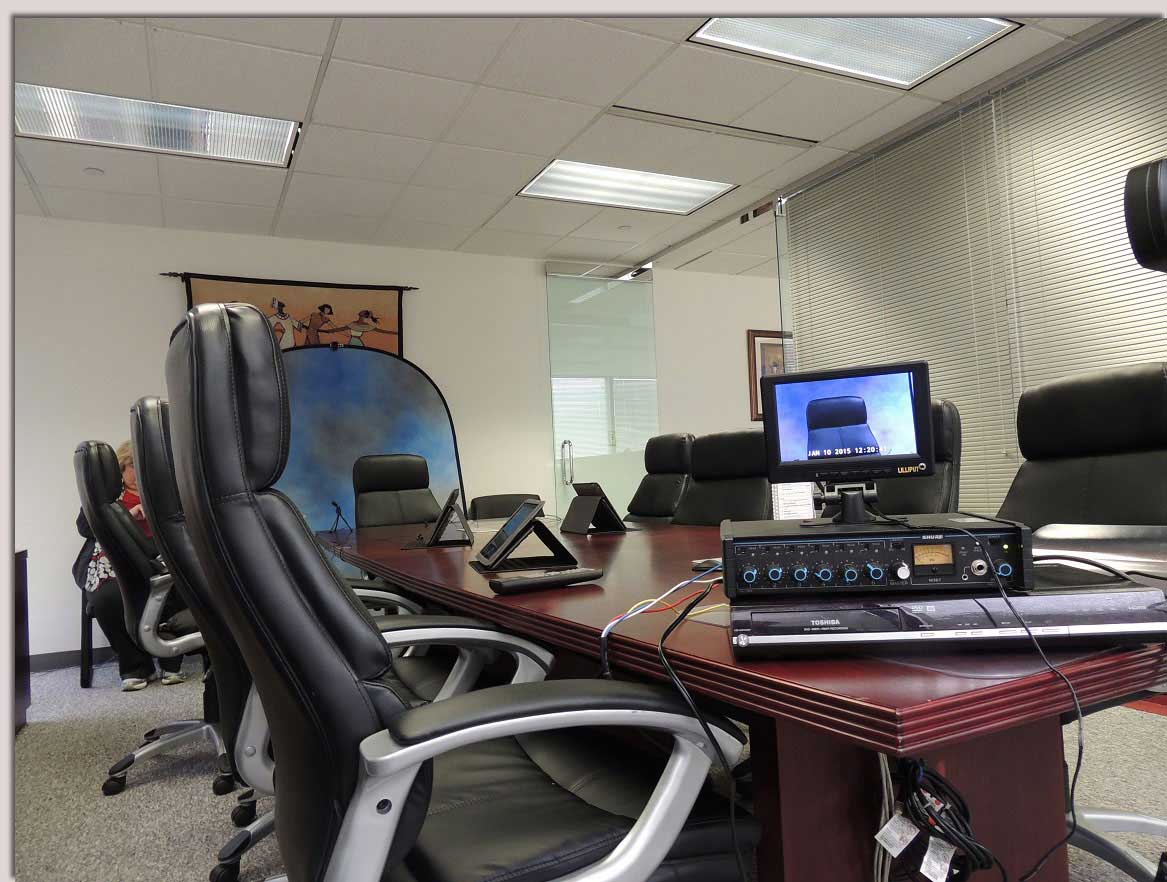Recognizing the Influence of Legal Videography on Instance Outcomes
Recognizing the Influence of Legal Videography on Instance Outcomes
Blog Article
Exploring the Mechanisms of Legal Videography: Unveiling Its Operation in Shielding Authentic Visual Testimony for Judicial Proceedings
In the world of judicial process, the function of legal videography stands as a foundation in preserving and presenting aesthetic proof. As innovation continues to advance, the mechanisms behind lawful videography have become increasingly detailed, using a vital layer of credibility to testimonies recorded on video clip. By delving right into the operational intricacies of lawful videography, one can discover the careful procedures that protect the integrity of aesthetic evidence presented in court rooms - Legal Videography. This exploration not just clarifies the historical advancement of lawful videography however likewise hints at the future patterns that may additionally transform how aesthetic testimonies are promoted in the realm of justice.
Historic Evolution of Legal Videography
Checking out the historical progression of lawful videography discloses a significant improvement in the capturing and presentation of visual proof within the lawful landscape. In the past, lawful proceedings heavily relied upon composed photographs and transcripts to document events and give proof. However, with the introduction of video clip innovation, the lawful industry witnessed a paradigm shift in exactly how aesthetic testimony was recorded and provided.
The evolution of legal videography can be traced back to the late 20th century when developments in video recording devices made it much more easily accessible for use in courtrooms. This technological improvement not just boosted the precision and dependability of visual evidence but also transformed the way situations were offered to courts and juries (Legal Videography). Attorneys began to recognize the persuasive power of video clip recordings in sharing feelings, subtleties, and non-verbal cues that written photos or transcripts alone could not record properly

Technology Advancements in Video Documents
What crucial technological improvements have reinvented video documents in the legal area? The legal area has seen considerable advancements in video clip documentation modern technology that have boosted the authenticity and dependability of aesthetic evidence in judicial process.
Moreover, improvements in video file encryption and watermarking modern technologies have reinforced the security and tamper-proof nature of video proof, safeguarding it against unapproved changes or tampering. Moreover, the arrival of cloud storage options and remote accessibility capabilities has streamlined the storage, access, and sharing of video clip proof, helping with seamless partnership amongst lawyers and guaranteeing effective accessibility to critical visual testimonies when needed. These technical improvements in video documentation have unquestionably reinvented the lawful field, improving the accuracy, reliability, and admissibility of visual evidence in judicial proceedings.
Duty of Lawful Videographers in Court Settings
The advancement of video clip paperwork technology in the lawful area has demanded a vital function for legal videographers in court room settings, ensuring the honesty and dependability of visual testaments presented throughout judicial procedures. Lawful videographers play a basic role in recording and protecting accurate visual proof that can be essential in lawsuit. Their duty prolongs to establishing devices, videotaping procedures, and generating top notch videos that properly show the occasions in the court.
In addition, lawful videographers often work closely with legal teams to guarantee that the video evidence aligns with the case's demands and can be efficiently provided in court to support the legal disagreements being made. Generally, the function of legal videographers in court settings is important in maintaining the concepts of justice and making sure the openness of legal proceedings. Legal Videography.

Ensuring Admissibility and Stability of Video Clip Evidence
To preserve the reputation of visual evidence provided in lawful process, ensuring the admissibility and integrity of video proof is an essential responsibility for legal videographers. Admissibility refers to the acceptance of evidence by the court, and for video clip proof to be permissible, it must satisfy specific requirements. Legal videographers play an essential function in ensuring that the video clips they capture abide by the guidelines of evidence, such as dependability, significance, and authenticity.
Integrity of video evidence involves keeping the originality and accuracy of the footage from the time it is recorded till it is provided in court. This includes securely storing the video clip data, documenting the chain of custodianship, and stopping any type of tampering or alterations. Legal videographers should abide by rigorous protocols to ensure the stability of the video evidence and avoid any type of difficulties to its authenticity.
Future Trends in Legal Videography
Provided the increasing dependence on modern technology in lawful process, lawful videographers are poised to embrace innovative innovations shaping the future of visual testimony capture and discussion. One of the famous trends on the horizon is the combination of virtual reality (VIRTUAL REALITY) and augmented fact (AR) technologies right into lawful videography. These technologies have the prospective to transform exactly how visual proof exists in courts, allowing discretionary to submerse themselves in the scene of the criminal offense or case.
Additionally, the usage of expert system (AI) formulas for video evaluation is anticipated to improve the procedure of evaluating and evaluating huge quantities of video footage. AI can assist in recognizing key minutes, anomalies, and patterns within video clips, improving the performance of lawful examinations.

Final Thought
In verdict, legal videography has actually played an important role in giving authentic visual proof for judicial proceedings. With technical developments and the experience of lawful videographers, the stability and admissibility of video clip evidence are ensured in court settings. As lawful videography continues to advance, it will be important to support requirements that keep the accuracy and dependability of aesthetic testimony for the future of lawful process.
Analyzing the historical development of lawful videography reveals a considerable change in the capturing and discussion of aesthetic evidence within the lawful the original source landscape.The evolution of video clip documents modern technology in the legal area has demanded a crucial duty for legal videographers in court room setups, making sure the integrity and integrity of visual testaments provided throughout judicial procedures. Furthermore, lawful videographers usually work carefully with legal groups to make certain that the video clip evidence aligns with the instance's demands and can be properly provided in court to sustain the legal arguments being made.To keep the trustworthiness of visual evidence provided in legal process, making sure the admissibility and stability of video proof is an important responsibility for lawful videographers. As lawful videography continues to develop, it will be crucial to promote criteria that maintain the precision and dependability of visual statement for the his response future of legal process.
Report this page